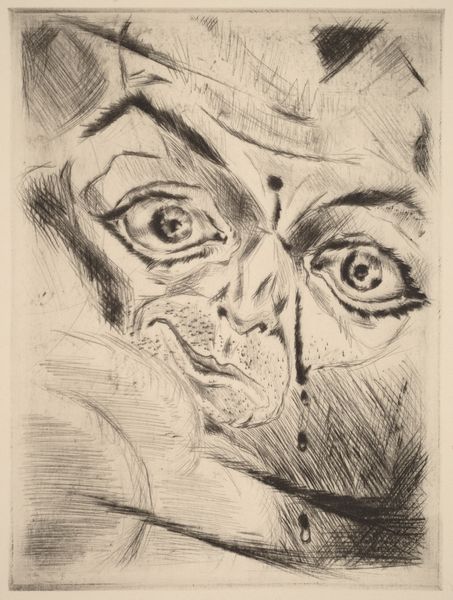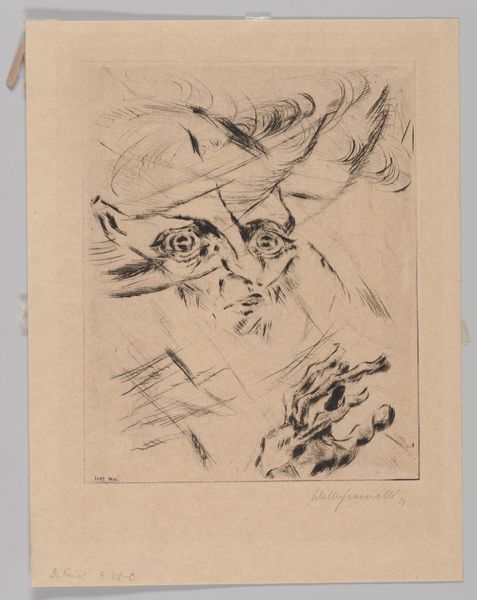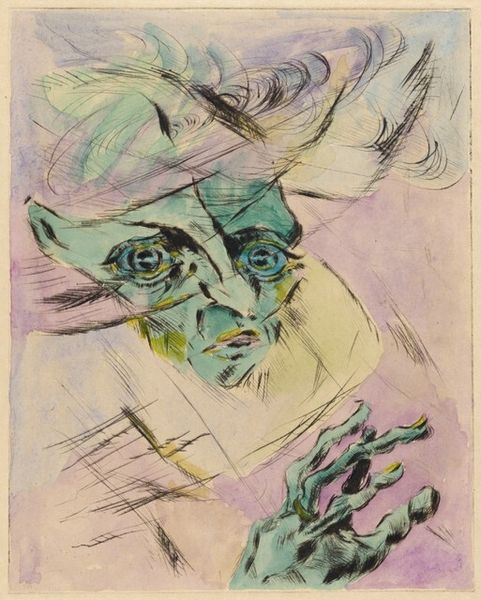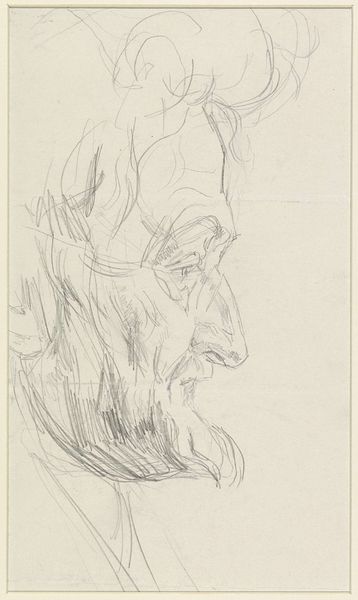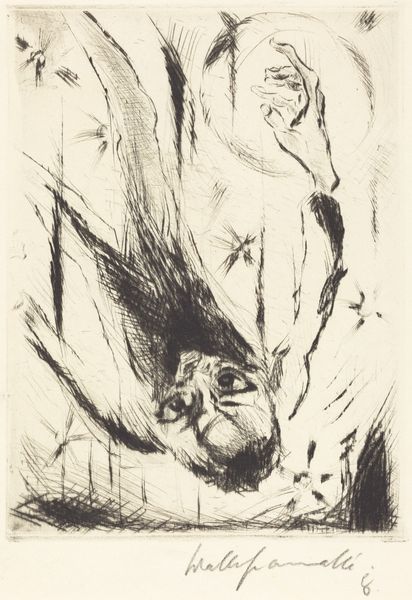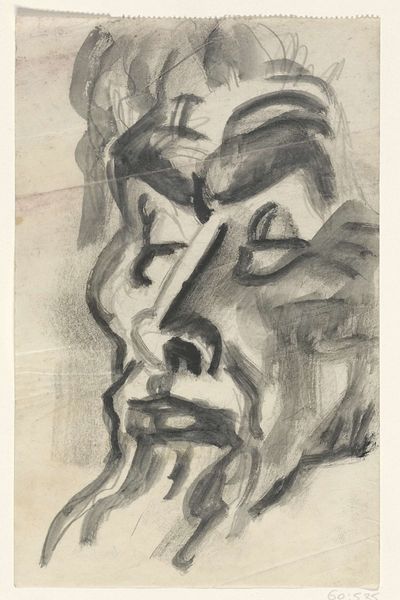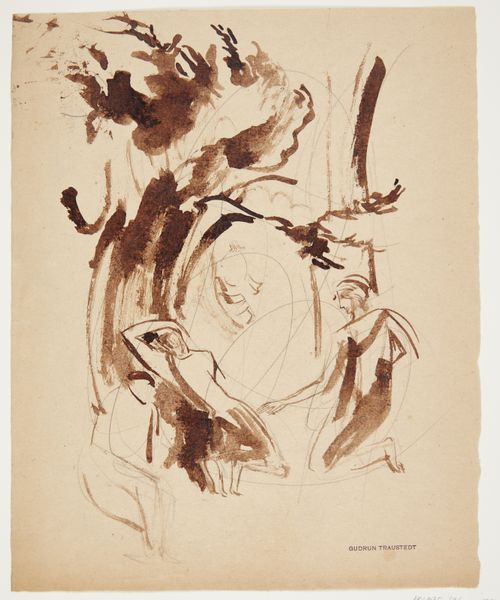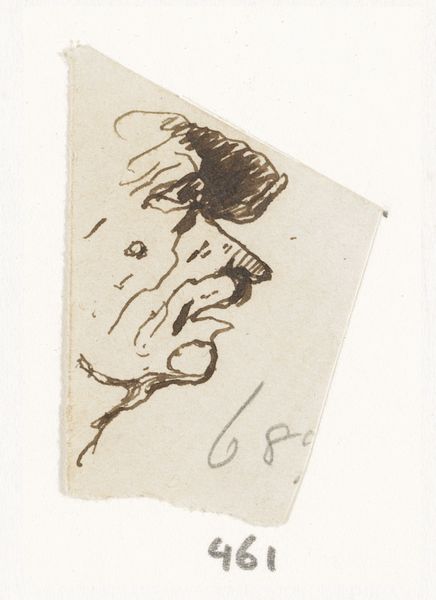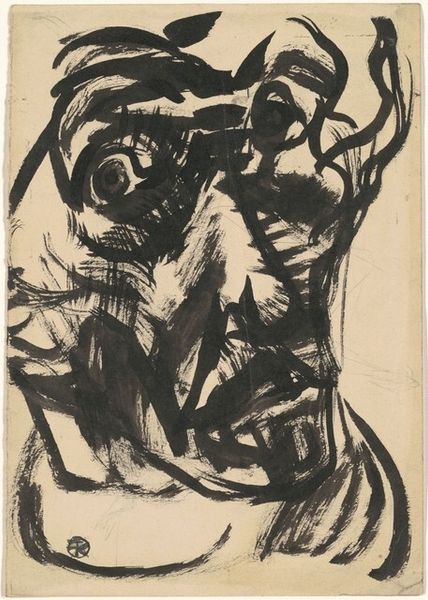
print, etching
#
portrait
# print
#
etching
#
german-expressionism
#
figuration
#
expressionism
#
line
Dimensions: plate: 29.9 x 24.1 cm (11 3/4 x 9 1/2 in.) sheet: 40.1 x 30.7 cm (15 13/16 x 12 1/16 in.)
Copyright: National Gallery of Art: CC0 1.0
Curator: Ah, yes. Walter Gramatté's "Die Grosse Angst," or "The Great Anxiety," from 1918. An etching on paper. Its a quintessential work of German Expressionism. Editor: Immediately, it’s the eyes. Wild, overwhelmed…it's like looking into the rawest fear. And the way the lines practically vibrate—there’s so much unrest contained in something so small. Curator: The social context of post-World War I Germany is key here. Gramatté, like many artists, was deeply affected by the war’s trauma. You see this echoed throughout the art of the Weimar Republic: a sense of societal breakdown, profound insecurity… Editor: It feels intensely personal, though. I mean, sure, you can talk about the broad strokes of history, but this feels ripped from an individual's soul. The chaotic lines suggest a mind unravelling. Notice how the hand, reaching out, appears almost skeletal? Curator: Certainly. The Expressionists were interested in conveying inner psychological states, often reflecting broader societal anxieties, exactly. And Gramatté was no exception. He grappled with these themes, his artistic expression molded through lithography and painting as well, yet often centered upon internal conflict and emotion. Editor: Absolutely. And the genius lies in the simplicity. Black and white, just raw lines… it’s direct, unflinching. What did viewers at the time make of something this exposed? Curator: Many were horrified, others saw themselves reflected. Art became a mirror for the collective experience of a traumatized nation, even as Gramatté, later in life, retreated somewhat from complete abstraction into a more formal style. There was this battle going on – representation of inner emotion and how far you take it. Editor: I think, stripped bare like this, we can still recognize those echoes. Maybe that’s why, even a century later, “The Great Anxiety” still resonates with us. Curator: It speaks to the core of human experience, of fear. So yes, it is as a profound reflection of its time, and speaks still, across history.
Comments
No comments
Be the first to comment and join the conversation on the ultimate creative platform.
